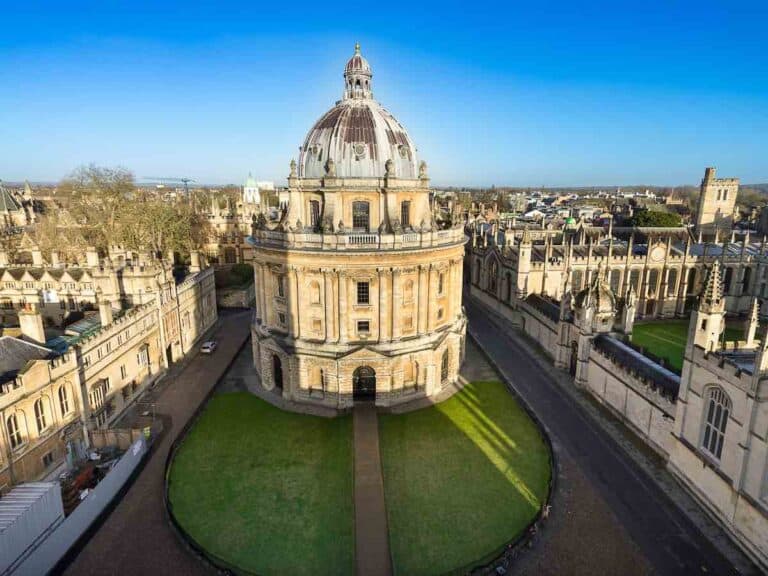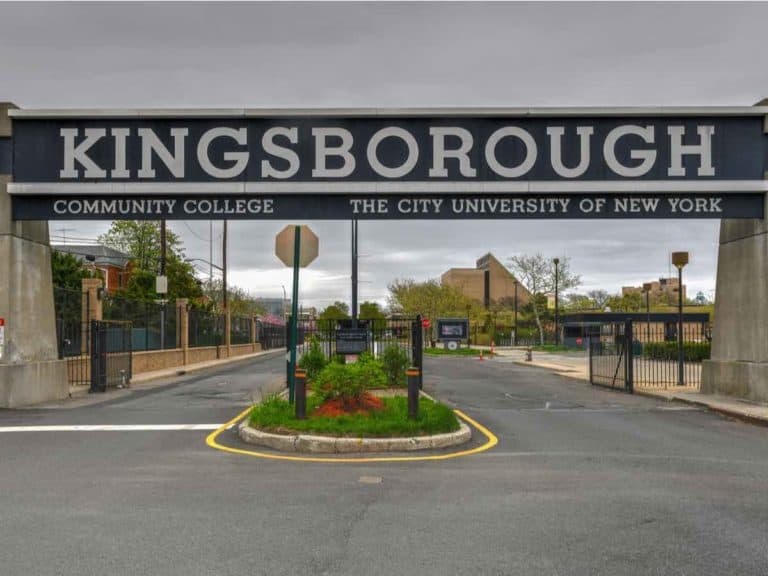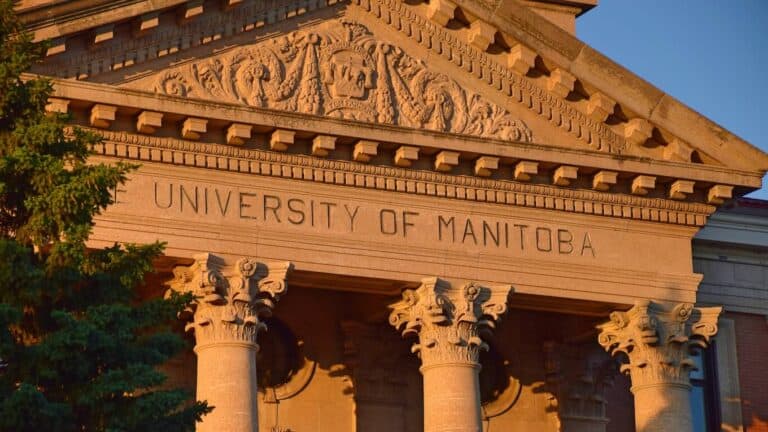What is a Liberal Arts College
What’s covered
In the United States, it’s estimated that there are 200 liberal arts colleges.
How do they compare to large universities?
Liberal arts education is a broad and interdisciplinary approach to learning through disciplines, including the fine arts (music and art), humanities (literature and history), social sciences (psychology and sociology), and natural sciences (biology, chemistry, and physics).
The goal of a liberal arts education is to develop well-rounded individuals with critical thinking skills, a broad knowledge base across multiple disciplines, and the ability to apply this knowledge in various contexts.
This type of education emphasizes intellectual curiosity, analytical thinking, and effective communication skills.
Unfortunately, there are so many misconceptions about being a liberal arts student.
Let’s review some of them.
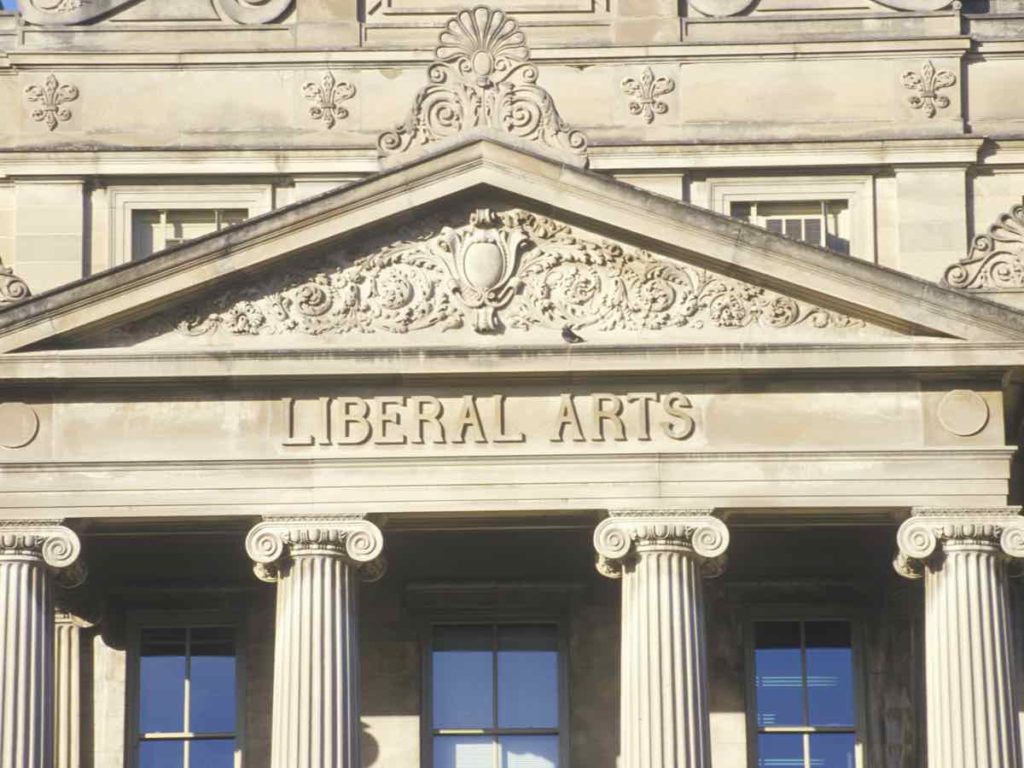
3 Common Liberal Arts Education Misconceptions
Politically liberal
These days, the word liberal is something that is strongly tied to a particular political leaning.
It is associated with left individuals and groups that have liberal views — they support progressive reforms, including most especially the kinds that seek greater economic and social equality.
However, a liberal arts education has little to no association with political meaning.
As a matter of fact, even before things such as liberals and conservatives in politics came into being, liberal arts were already referred to as such — liberal, just like liberty, comes from the Latin word “liber,” which means free or unrestricted.
Liberal arts aims to liberate people through education.
As a liberal arts degree or college graduate, you can think of yourself as someone free to think for yourself because you have been trained and educated on thinking and not simply what is deemed right for you to think.
In the US, there are even conservative liberal arts colleges, such as Brigham Young University, Regent University, and Liberty University.
By the way, if you ever wonder which Ivy League college is most conservative, check out this source:
For Christians only
A liberal arts education, above all, has its foundations in the teachings of ancient Greek philosophers, including Aristotle and Plato.
What’s more, liberal arts appears in the writings of Cicero, a Roman philosopher, many years before the Holy Bible was written.
However, some liberal arts colleges indeed use a liberal arts education to provide their students with critical thinking skills, job preparation, and a more profound relationship with God.
Some of the top Christian liberal arts colleges in the US include:
- Ave Maria University
- College of the Holy Cross
- Davidson College
- Dillard University
- Drew University
- Earlham College
- Eckerd College
- Hanover College
- Huntingdon College
- Macalester College
- Rhodes College
- Saint Anselm College
- St. Mary’s University – San Antonio, Texas
- Westminster College
- Wheaton College
All about humanities
Humanities, a multidisciplinary area including human society, history, and culture, is one of the many building blocks of a liberal arts education.
So, in other words, while it emphasizes humanities, liberal arts focus on numerous other disciplines, too, ranging anywhere from grammar, logic, and arithmetic to astronomy.
Math and the sciences are integral components of a liberal arts education.
So much so that they are some of the most robust academic programs or majors offered at many liberal arts colleges.
For this reason, some liberal arts degrees are referred to as Liberal Arts and Sciences.
Nowadays, the general consensus is that the liberal arts sphere consists of the following fields:
- Humanities – includes art, literature, philosophy, music, theater, classical and modern languages.
- Social sciences – includes psychology, politics, law, history, psychology, sociology, and gender studies.
- Formal sciences – includes mathematics, statistics, and logistics.
- Natural sciences – includes chemistry, physics, biology, astronomy, archaeology, zoology, and earth sciences.
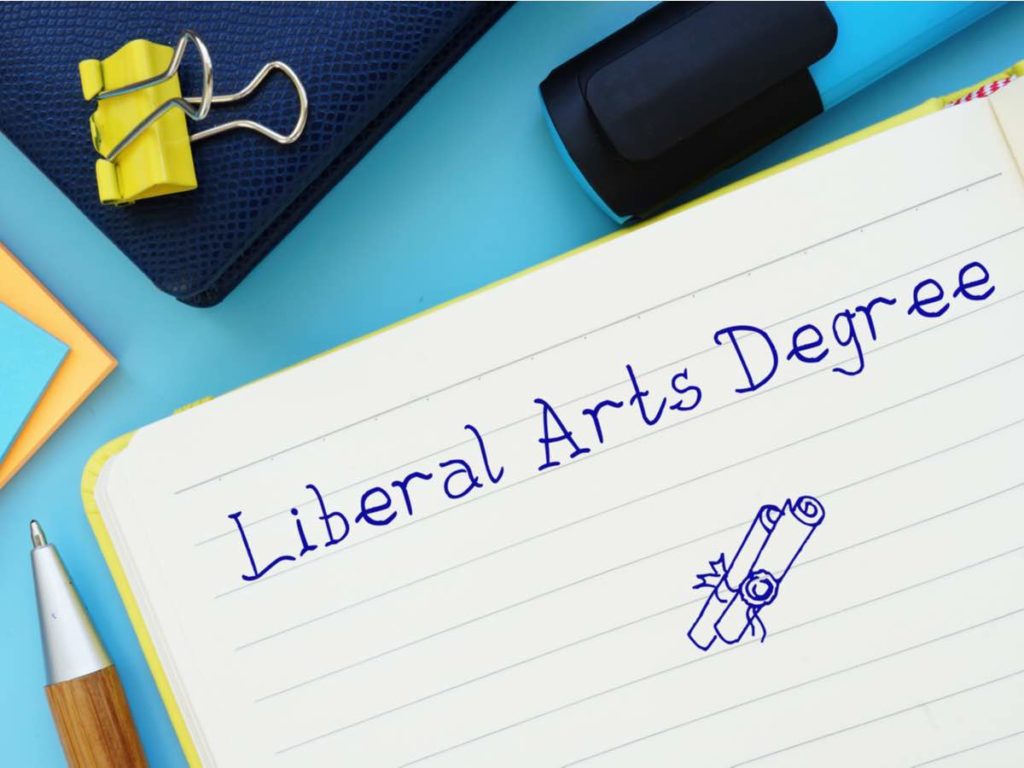
Pros and Cons of Liberal Arts College
Just like attending any university, you can rest assured that there are some advantages and disadvantages that come with going to a liberal arts college.
Similarly, just like obtaining any bachelor’s program, some benefits and disadvantages accompany earning a liberal arts degree.
By weighing them against one another carefully, you will be able to make a smarter choice.
| Pros | Cons |
|---|---|
| Smaller classes | Lack of focus on a specific discipline |
| Strong alumni network | Lower starting salaries |
| Transferable skills development | Lack of diversity |
| Job opportunities and graduate degrees |
Pro #1: Smaller classes
Because most liberal arts colleges offer a limited number of undergraduate programs, it isn’t surprising why many of them in the US are small.
And because they are small and have a smaller studentry than large universities, classes at liberal arts colleges are smaller than usual, with some having as few as eight students.
As a result, every liberal arts college student can have the best possible college experience.
Hands-on learning opportunities, timely and useful feedback, and closer associations with classmates — these are just some of the perks that come with small classes, which can lead to better grades and better-looking transcripts.
Pro #2: Strong alumni network
Thanks to the small classes held at liberal arts colleges, students can spend more quality time with their professors and classmates.
This is why liberal arts students, especially at small liberal arts colleges, can create stronger and lasting friendships and more robust and far-reaching alumni networks.
It’s not uncommon for liberal arts colleges to take pride in having solid alumni bodies.
As a matter of fact, to attract more students to apply, many colleges and universities consider having a strong alumni group as one of their assets, which can help their graduates land their dream jobs after earning their degrees.
Ask any career expert about a job search strategy that tends to deliver the best, and you will be told networking.
Pro #3: Transferable skills development
Earlier, we mentioned the fact that liberal arts students are well-rounded students because of the many different courses included in the program.
Grooming them to become versatile and multi-faceted individuals enables them to develop and master transferable skills that recruiters and employers want in candidates.
Critical thinking, creativity, problem-solving, and effective communication are some of the core skills liberal arts studies help form, allowing those who possess them to enjoy a more holistic approach and take varying career paths.
Team-playing and collaboration are developed, too, courtesy of the smaller classes discussed above.
While it’s true that a liberal arts degree, whether from a liberal arts college or a large university, does not prepare students for a more focused career, it does groom them to earn a wide variety of skills, particularly transferrable ones.
Pro #4: Job opportunities and graduate degrees
Besides allowing you to gear up for various career paths and employment opportunities, a liberal arts degree also lets you prepare for a graduate degree necessary for you to be able to become the professional you want to be.
Many recruiters and employers are interested in liberal arts graduates as they are well-rounded individuals.
It’s for the same reason why many elite graduate schools have a penchant for liberal arts degree holders — they are known to be balanced, creative, and self-motivated people.
There are many graduate program studies ideal for them, ranging from business education, computer science to engineering, and even from medicine to law!

Con #1: Lack of focus on a specific discipline
Liberal arts students indeed learn many skills, which we have established above.
Unfortunately, many of those skills lack technicality and real-world experience, which could lead to some things.
First, graduates may have to learn hands-on skills after college to increase their job market value.
Second, fresh from college, employers who are looking for candidates with a more focused skill set may turn them down.
But on the flipside, liberal arts colleges or liberal arts degrees prepare students for jobs yet to exist!
With all the skills liberal arts graduates possess, they are unlikely to land those.
A World Economic Forum report says that 65% of today’s students will ultimately have jobs that are still to be created.
Con #2: Lower starting salaries
In general, the estimated median starting salary for liberal arts majors equals $50,000.
In the BLS survey, the median starting salary is among the lowest.
Humanities majors such as English language and literature, foreign language and literature, history, philosophy, visual arts, and gender studies all have a $50,000 estimated median starting salary, too.
Meanwhile, some of the highest earners immediately after college are the following:
| MAJORS | MEDIAN STARTING SALARY |
| Chemical engineering | $72,000 |
| Electrical engineering | $71,000 |
| Computer engineering | $70,750 |
| Materials engineering | $69,750 |
| Mechanical engineering | $69,000 |
| Physics | $67,700 |
| Biomedical engineering | $67,500 |
| Computer science | $67,500 |
| Nuclear engineering | $67,500 |
| Software applications | $66,800 |
| Environmental engineering | $65,500 |
| Information sciences and systems | $65,500 |
| Mathematics | $65,000 |
| Chemistry | $64,000 |
| Management Information Systems | $64,000 |
| Actuarial science | $62,400 |
| Advertising | $60,000 |
| Logistics | $60,000 |
| Food science | $59,000 |
| Business administration | $58,250 |
| Finance | $58,000 |
Con #3: Lack of diversity
At large universities, attendees become well-rounded by coming into contact with students of various races, ethnicities, cultures, religions, sexual orientations, and many others.
Unfortunately for liberal arts colleges, they are notorious for lacking diversity.
Making matters worse is the fact that the vast majority of them have rural or suburban locations, a significantly limited number of undergraduate degrees conferred, and steep costs.
Because of the many downsides to attending liberal arts colleges, including the ones we have discussed thus far, the number of students attending them dwindles.
As a matter of fact, many small liberal arts colleges have decided to close up shop, such as St. Gregory’s University, Trinity Lutheran College, Atlantic Union College and Mount Ida College.
During the last 50 years, of the 500 small private colleges in the land that focused on the liberal arts, nearly 30% of them have closed or merged with other institutions.
Still, some liberal colleges are known to be diverse, and they include:
- Agnes Scott College
- Amherst College
- Pacific Union College
- Pine Manor College
- Soka University of America
- SUNY – Old Westbury
- Swarthmore College
- University of Hawaii – Hilo
- Wellesley College
- Whittier College
Why Some People Believe That Liberal Arts Colleges Bad
Liberal arts colleges are often criticized for being too expensive, elitist, or irrelevant in the modern economy.
However, these complaints are not entirely fair or accurate.
Liberal arts colleges offer a unique educational experience that can benefit students in many ways.
Here are some of the advantages of attending a liberal arts college:
- Liberal arts colleges foster critical thinking, creativity, and communication skills that are essential for any career path.
- Liberal arts colleges typically have smaller classes, more accessible faculty, and an emphasis on undergraduate education.
- Liberal arts colleges provide a close-knit community of faculty and peers who can support and challenge students academically and personally.
- Liberal arts colleges offer a more focused liberal arts education, which centers on the arts, humanities, and sciences, as opposed to schools that confer liberal arts degrees.
So, liberal arts colleges are not bad but rather viable paths for students who seek a well-rounded and enriching education.
Disclaimer: The views and opinions expressed in this article are those of the authors and do not necessarily represent those of the College Reality Check.

